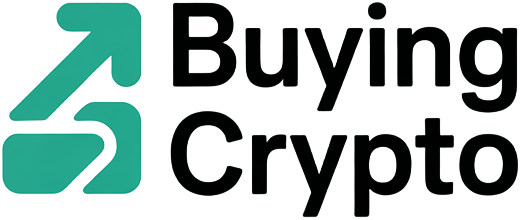Zero to Hero: The Ultimate Crypto Newbie Survival Guide for 2025
Stepping into the world of crypto in 2025 is exhilarating, but it’s also more complex and fast-paced than ever. While headlines shout about overnight millionaires and market crashes, the reality…


